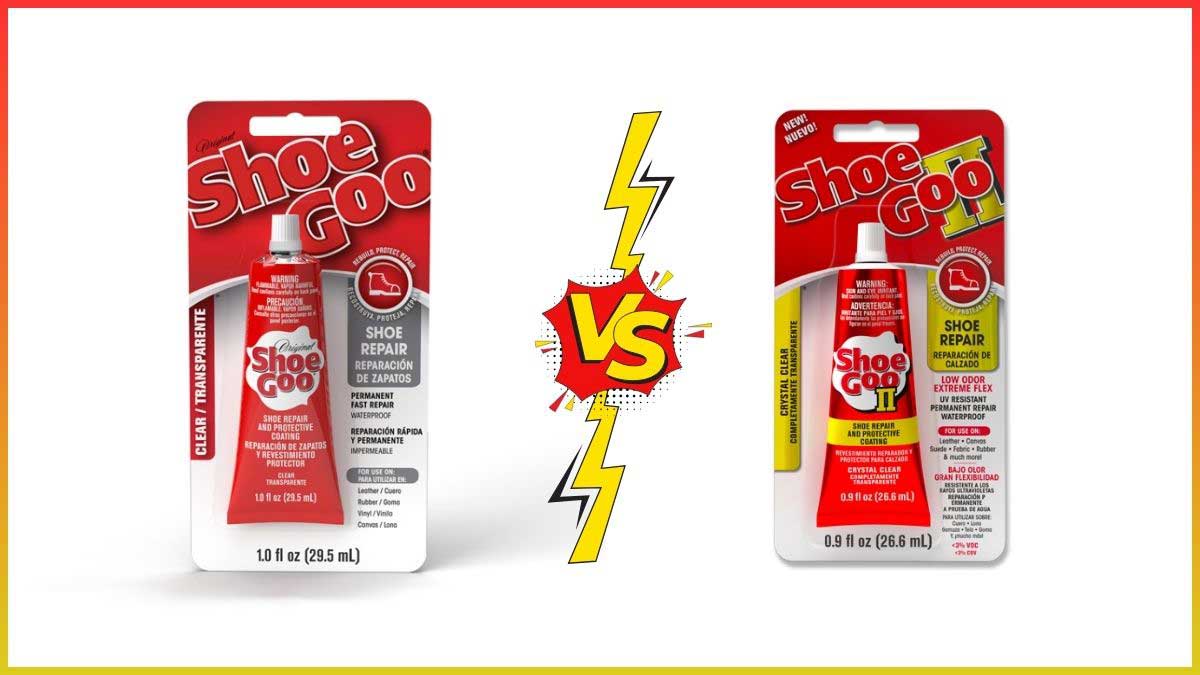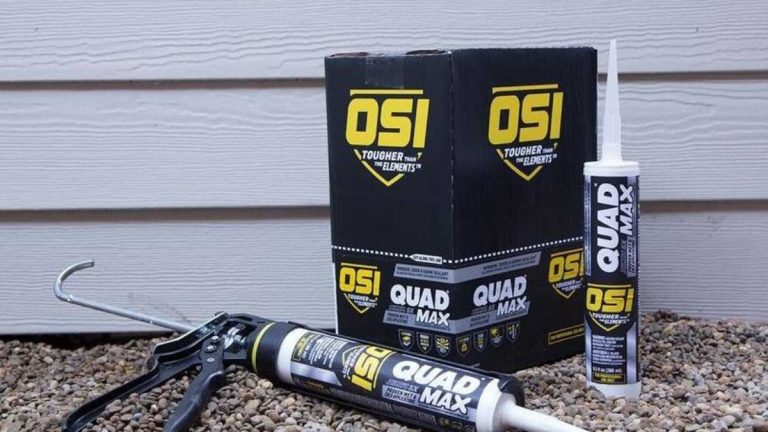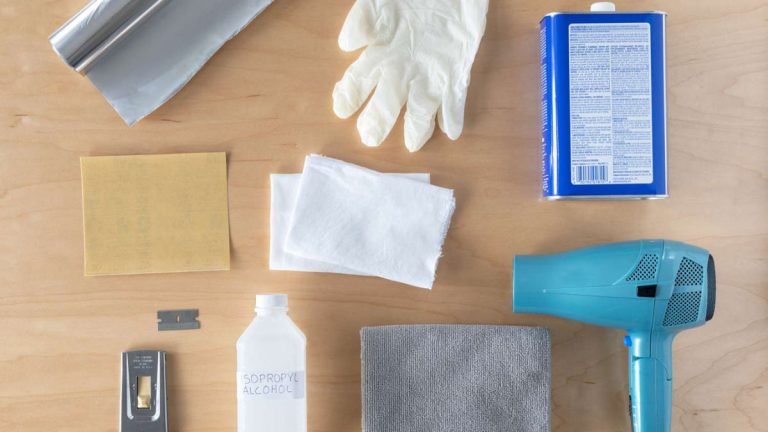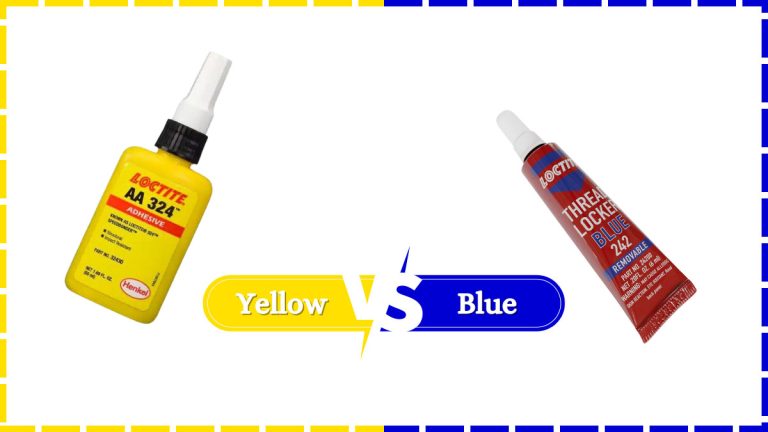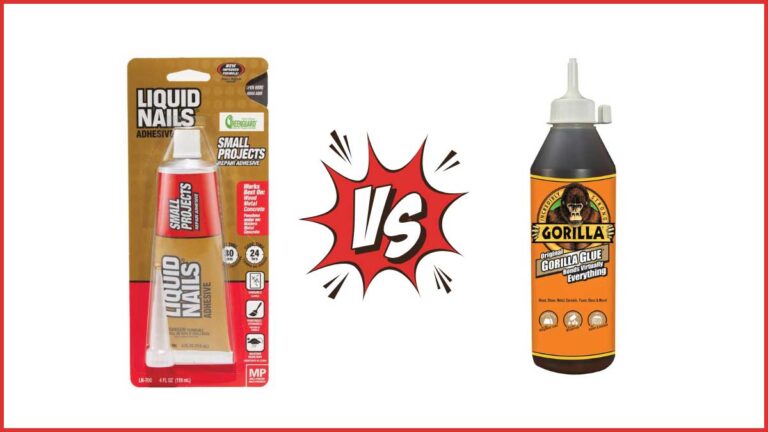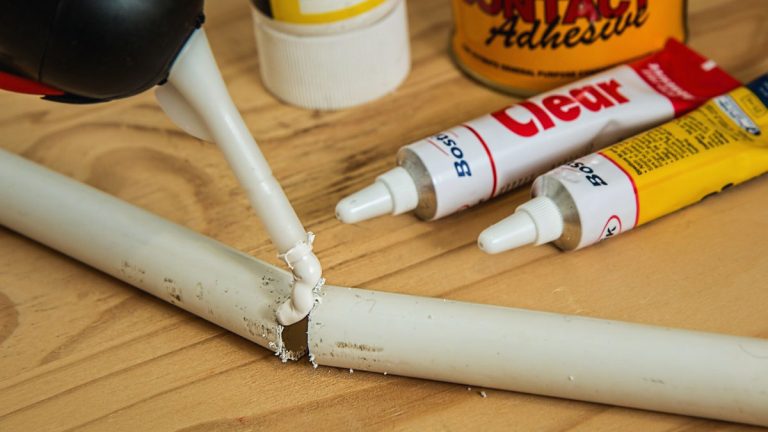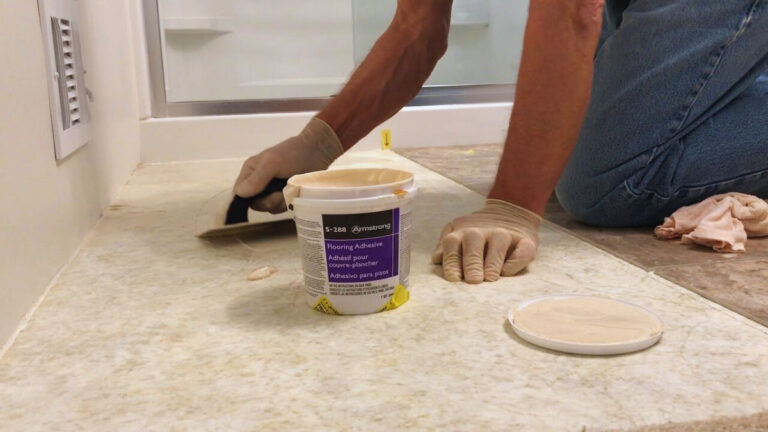Shoe Goo vs Shoe Goo 2: Which is the Best for Shoe Repair?
When your favorite pair of shoes starts to show signs of wear and tear, a reliable shoe repair adhesive can be a game-changer. You’ve probably heard of Shoe Goo, a trusted name in the world of shoe repair. But now, there’s Shoe Goo 2, an upgraded version promising even better results. How do you decide which one is right for you?
Understanding the differences between Shoe Goo and Shoe Goo 2 can save you time and money. Whether you’re fixing a peeling sole or patching up holes, knowing which product suits your needs will ensure your shoes last longer and look better. Let’s jump into the key features and benefits of each to help you make an informed choice.
Key Takeaways
- Shoe Goo vs. Shoe Goo 2: Shoe Goo, a trusted adhesive since the 1970s, has been upgraded to Shoe Goo 2, which offers lower odor and enhanced durability with premium polymer technology.
- Composition and Performance: Shoe Goo contains higher VOCs and has a strong odor, while Shoe Goo 2 offers a lower-odor option with under 3% VOC content. Both products provide robust adhesion but differ in environmental friendliness.
- Durability and Resistance: Both adhesives are water-resistant and suitable for various materials like leather, vinyl, rubber, and canvas. Shoe Goo 2 provides additional UV resistance and slightly enhanced durability.
- Application Differences: Shoe Goo is thicker and may set faster, making it ideal for urgent repairs. Shoe Goo 2 is less viscous, offering a longer working time but may take longer to dry.
- User Feedback: Original Shoe Goo is favored for strong adhesion and faster drying times, while Shoe Goo 2 receives mixed reviews due to occasionally longer drying periods and adhesion concerns.
- Practical Tips: Proper surface preparation and application techniques are crucial for optimal performance. Shoe Goo is better for quick fixes, whereas Shoe Goo 2 is ideal for detailed and environmental-resistant repairs.
Overview Of Shoe Goo And Shoe Goo 2
Shoe Goo
- Origin: Created in the early 1970s by Lyman Van Vliet, Shoe Goo emerged as a solution for repairing tennis shoes with persistent sole issues.
- Properties:
- Adhesive Base: Perchloroethylene
- Materials: Leather, canvas, suede, rubber, and fabric
- Key Traits: Strong adhesion and durability
- Usage: Primarily used for repairing and extending the life of various types of footwear. It’s particularly effective for fixing sole separations.
- Introduction: Launched in 2020, Shoe Goo 2 improved on the original formula by offering a low-odor alternative without compromising performance.
- Properties:
- Technology: Premium polymer
- Performance: Superior adhesion, all-weather functionality, UV resistance, and water resistance
- Usage: Used similarly to the original Shoe Goo, with enhanced benefits for shoe repair tasks requiring better environmental resistance.
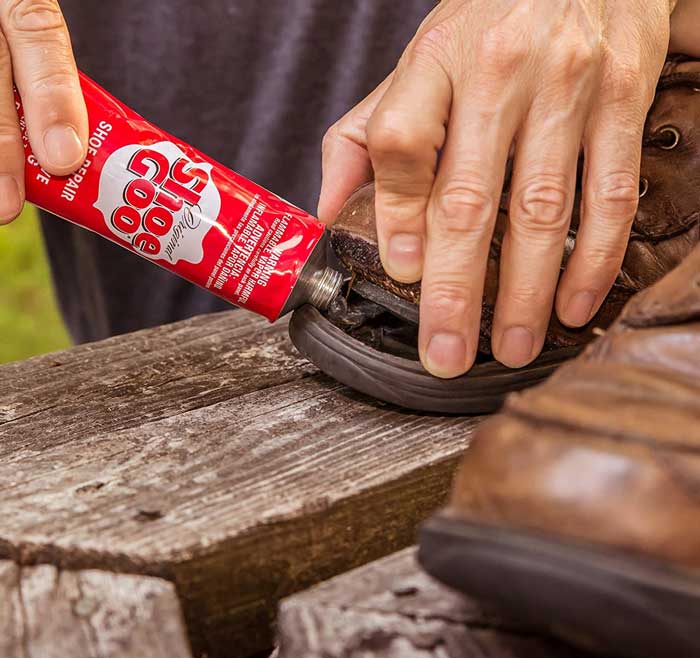
Key Differences
To choose between Shoe Goo and Shoe Goo 2, it’s crucial to understand their main differences. These adhesives, while similar in purpose, have distinct properties that affect their performance and user experience.
Composition
Shoe Goo
- Components: Contains Styrene-butadiene, Toluene, and Solvent naphtha.
- Odor and VOCs: Higher odor and higher volatile organic compounds (VOC) content.
Shoe Goo 2
- Components: Formulated with premium polymer technology.
- Odor and VOCs: Lower odor with less than 3% VOC content.
Durability
Shoe Goo
- Material Compatibility: Adheres well to leather, vinyl, rubber, and canvas.
- Resistance: Water-resistant and abrasion-resistant after curing.
Shoe Goo 2
- Material Compatibility: Similar to Shoe Goo with strong adhesion to various materials.
- Resistance: Provides UV, water, and abrasion resistance, ensuring durability in various conditions.
Application Process
Shoe Goo
- Viscosity: Thicker, with a viscosity of 170,000 cps.
- Drying Time: Sets in 20 minutes, with full cure in 24 to 48 hours.
- Usage: Suitable for materials like leather, vinyl, rubber, and canvas.
Shoe Goo 2
- Viscosity: Slightly less viscous than the original.
- Drying Time: Comparable setting and curing times.
- Usage: Designed for easy application with similar materials.
| Feature | Shoe Goo | Shoe Goo 2 |
|---|---|---|
| Components | Styrene-butadiene, Toluene, Solvent naphtha | Premium polymer technology |
| Odor and VOCs | Higher odor, higher VOCs | Lower odor, less than 3% VOCs |
| Material Compatibility | Leather, vinyl, rubber, canvas | Leather, vinyl, rubber, canvas |
| Resistance | Water, abrasion | UV, water, abrasion |
| Viscosity | 170,000 cps | Slightly lower |
| Drying Time | Sets in 20 minutes, cures in 24-48 hours | Sets in 20 minutes, cures in 24-48 hours |
Understand these key differences to make an well-informed choice tailored to your specific shoe repair needs. Choose based on the composition, durability, and ease of application that best suits your requirement.
Performance Analysis
When evaluating Shoe Goo and Shoe Goo II, it’s essential to understand their specific performance characteristics. Both products offer unique benefits tailored to different needs. Here’s a detailed analysis under key performance metrics.
Waterproofing
Both Shoe Goo and Shoe Goo II provide excellent water resistance, ensuring your repaired footwear stays protected under wet conditions.
- Water Resistance: Both products, once fully cured, form a waterproof barrier.
- Suitability: Ideal for athletic shoes, hiking boots, and outdoor footwear.
- Application: Ensures long-lasting adhesion even when exposed to water.
Flexibility
Flexibility plays a vital role in maintaining the integrity of shoe repairs.
- Shoe Goo II: Noted for extreme flexibility.
- Bond Integrity: Maintains strong adhesion even under stress and movement.
- Material Compatibility: Works well on flexible materials like rubber and leather.
- Shoe Goo:
- Flexibility: Offers good flexibility, but less than Shoe Goo II.
- Usage: Suitable for less dynamically stressed areas.
Abrasion Resistance
Abrasion resistance assures the longevity of the repaired areas on your shoes.
- Shoe Goo:
- Durability: Known for its robust adhesive properties, suitable for high-wear areas.
- Performance: Effective on soles and other heavily used parts.
- Shoe Goo II:
- Enhanced Durability: Incorporates premium polymer technology.
- Longevity: Offers all-weather functionality and UV resistance for prolonged wear.
Here’s a comparison table highlighting key differences:
| Feature | Shoe Goo | Shoe Goo II |
|---|---|---|
| Odor | Strong | Low |
| Flexibility | Good | Extreme |
| Water Resistance | Yes | Yes |
| VOCs | Higher | Less than 3% |
| Application | Thicker Viscosity | Thinner Viscosity |
| Abrasion Resistance | Strong Adhesion | Premium Durability |
| UV Resistance | Moderate | Enhanced |
Shoe Goo and Shoe Goo II both offer robust solutions for shoe repairs. But, Shoe Goo II’s advancements in flexibility, low odor, and environmental friendliness make it a superior choice for those seeking premium performance.
User Experiences
When choosing between Shoe Goo and Shoe Goo II, understanding user experiences can help you make an well-informed choice.
Customer Feedback
Performance Comparison:
- Original Shoe Goo: Users praise its strong adhesion and durability. Many have effectively repaired various footwear types, from sneakers to boots.
- Shoe Goo II: This low-odor option has mixed reviews. While some appreciate its less pungent smell, others point out issues with drying time and adhesion, making it less effective for quick fixes.
Drying Time:
- Shoe Goo II: Users often report that it takes significantly longer to dry compared to the original version. This can be a drawback for those needing urgent repairs.
- Original Shoe Goo: Few complaints about drying time indicate it likely dries faster and more reliably, allowing you to use repaired shoes sooner.
Common Issues Reported
- Adhesion Problems with Shoe Goo II: Some users report that Shoe Goo II doesn’t stick as well as the original, especially on materials like rubber and leather.
- Extended Drying Time for Shoe Goo II: The most frequent complaint is the prolonged drying period, which can be inconvenient for quick repairs.
- Odor: While Shoe Goo has a higher odor due to its chemical composition, Shoe Goo II’s low-odor formula still faces criticism for not masking the scent completely.
- UV and Water Resistance: Although both versions claim weatherproof features, users have noted that Shoe Goo II’s UV resistance doesn’t always meet expectations.
| Metric | Original Shoe Goo | Shoe Goo II |
|---|---|---|
| Strong Adhesion | Yes | Mixed |
| Drying Time | Faster | Slower |
| Odor | High | Low |
| UV Resistance | Moderate | Enhanced |
| Waterproof Effectiveness | Excellent | Good |
Consider these user experiences when deciding between Shoe Goo and its newer counterpart, Shoe Goo II.
Practical Tips
To achieve the best results with Shoe Goo or Shoe Goo II, it’s essential to follow proper application and maintenance procedures. Both products offer unique advantages for shoe repair, but their effectiveness hinges on correct usage.
Best Practices For Application
Surface Preparation:
- Clean the Surface: Ensure your shoes are clean and free of dirt. Wipe the area with a damp cloth and let it dry.
- Enhance Adhesion: Lightly mist the substrate with moisture for better adhesion, especially for quick repairs.
Application:
- Shoe Goo: Apply directly to the damaged area, then spread evenly. Use a small amount to avoid excess buildup.
- Shoe Goo II: Thanks to its thinner viscosity, you can enjoy a longer working time. Apply a similar amount and spread carefully over the repair area.
Materials Compatibility:
- Leather: Apply a thin layer for best results.
- Canvas: Spread evenly to cover the area.
- Suede: Be cautious and use a minimal amount.
- Rubber: Ensure the surface is slightly roughened for better bonding.
- Fabric: Lightly spread to avoid excess absorption.
Drying Time:
- Shoe Goo: Typically dries faster, making it suitable for urgent repairs.
- Shoe Goo II: Takes longer to dry, ideal for detailed, less urgent repairs.
Cleanup And Maintenance
Proper Cleanup:
- Avoid Mess: Use a disposable spatula or stick to apply the glue, preventing hand contact.
- Remove Excess: While the glue is still wet, wipe excess with a cloth soaked in a solvent like acetone.
- Tool Cleaning: Clean applicators immediately with acetone to prevent hardening.
Ongoing Maintenance:
- Routine Checks: Inspect repairs periodically to ensure longevity.
- Storage: Store in a cool, dry place. Keep the cap tightly closed to prevent the glue from hardening.
- Reapplication: Reapply a thin layer if signs of wear appear. Ensure surfaces are clean before reapplication.
| Feature | Shoe Goo | Shoe Goo II |
|---|---|---|
| Odor | Higher | Lower |
| Drying Time | Faster | Longer |
| Viscosity | Thicker | Thinner |
| UV Resistance | Moderate | Enhanced |
| Water Resistance | High | High |
| Abrasion Resistance | Good | Excellent |
| VOC Content | Higher | Less than 3% |
Consistently following these practical tips ensures optimal performance and longevity from both Shoe Goo and Shoe Goo II. These steps demystify the shoe repair process, allowing you to confidently maintain your footwear.
Conclusion
Choosing between Shoe Goo and Shoe Goo II depends on your specific needs and preferences. If you prioritize strong adhesion and faster drying times, the original Shoe Goo is a reliable choice. But, if you’re looking for a low-odor option with enhanced UV and water resistance, Shoe Goo II might be more suitable.
Both products have their strengths and potential drawbacks, but understanding these differences can help you make an well-informed choice. Whether you need a quick fix or a more detailed repair, selecting the right adhesive ensures your shoes stay in top condition for longer.
Frequently Asked Questions
What are the main differences between Shoe Goo and Shoe Goo II?
Shoe Goo and Shoe Goo II differ mainly in composition, odor, VOC content, and additional features like UV resistance. Shoe Goo contains higher VOCs and has a stronger odor, while Shoe Goo II offers a low-odor formula with less than 3% VOCs. Shoe Goo II is also known for its superior flexibility and all-weather functionality.
Which one is better for urgent shoe repairs?
Shoe Goo is typically better for urgent repairs because it dries faster. This makes it suitable for quick fixes and less detailed applications.
Is Shoe Goo II suitable for outdoor shoes?
Yes, Shoe Goo II is suitable for outdoor shoes. It offers excellent water resistance, UV resistance, and superior flexibility, making it ideal for athletic and outdoor footwear.
How should I prepare the surface before applying Shoe Goo or Shoe Goo II?
Ensure the surface is clean, dry, and free of debris. For best results, lightly sand the surface to enhance adhesion before applying the adhesive.
Are Shoe Goo and Shoe Goo II compatible with all shoe materials?
Both products are compatible with a variety of materials, including leather, vinyl, rubber, and canvas. However, Shoe Goo II offers enhanced performance on materials exposed to UV light and moisture.
How long does it take for Shoe Goo II to dry completely?
Shoe Goo II takes longer to dry compared to the original Shoe Goo. It may take up to 24 hours for a full cure, depending on the application thickness and environmental conditions.
Can I use Shoe Goo II for flexible repairs?
Yes, Shoe Goo II is designed for extreme flexibility and enhanced durability, making it ideal for repairs on areas that require more movement and flexibility.
What is the best way to remove Shoe Goo or Shoe Goo II from surfaces?
To remove either adhesive, soften the glue with warm water and use olive oil to break it down. Dab olive oil on the glue and gently rub with a cotton ball to remove it.

